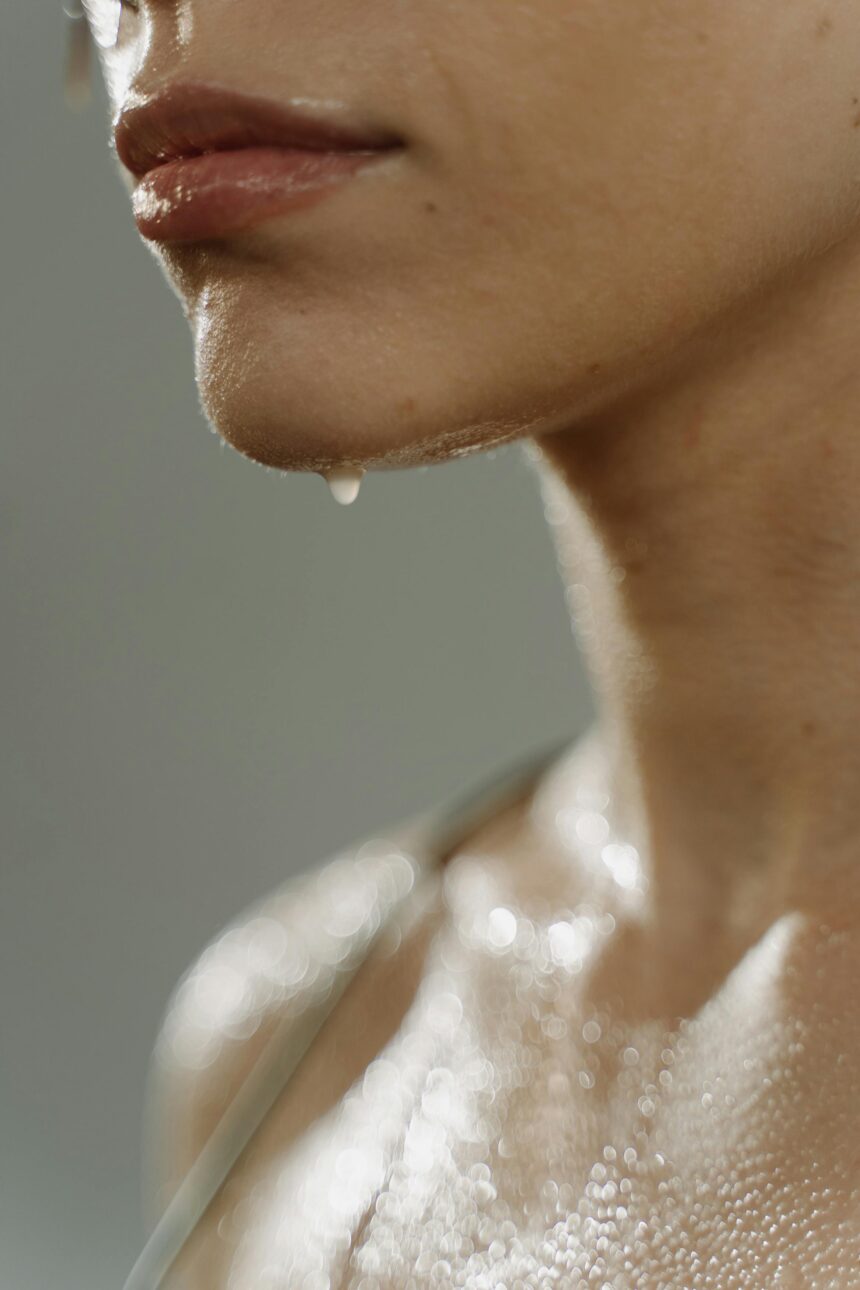Hyperhidrosis is a chronic medical condition that happens when you sweat so much without doing any physical activity this is also known as excessive sweating that goes far beyond what is needed to regulate normal body temperature. It can affect specific areas of the body or the entire body, soaking through clothes and causing significant embarrassment and discomfort. There are two main types of hyperhidrosis: Primary Focal Hyperhidrosis which is characterized by excessive sweating of the underarms, palms, soles of feet, and sometimes the face/head, it often begins in childhood or adolescence without any identifiable medical cause it can be emotionally and socially devastating, impacting careers, relationships, and overall quality of life
The second type is called Secondary Generalized Hyperhidrosis characterized by Excessive sweating that occurs all over the body it is usually caused by an underlying medical condition or as a side effect of certain medications Conditions linked to it include diabetes, menopause, hyperthyroidism, Parkinson’s disease, and certain cancers. The exact causes of primary hyperhidrosis are not fully understood, but it involves overactive sweat glands and may have a genetic component. Secondary hyperhidrosis is induced by underlying health issues that disrupt the body’s ability to regulate temperature properly.
Symptoms of hyperhidrosis include; visible excessive sweating, often soaking through clothes, clammy or wet palms and soles of feet, irritating skin problems like rashes, infections, warts from excessive moisture, unpleasant smells if sweat pools in areas, staining of clothes and embarrassment in social/work settings A dermatologist can diagnose hyperhidrosis based on medical history, symptoms, ruling out other causes, and possibly conducting a staining test to visualize sweating patterns.
MUST READ; 6 Myths about Menstruation
While not curable, this condition is very treatable in most cases, one major way of managing it includes the use of antiperspirants these products can be spread on any part of the body that sweats too much, including the face, hands, feet, and underarms, It helps in blocking secretions from sweat glands. However, ensure your doctor can prescribe it for you and make also sure that the product has aluminum chloride as one of its ingredients. Other treatment options include Oral medications, Botulinum toxin injections, microwave thermolysis, surgery to remove sweat glands, and treating any underlying condition causing generalized hyperhidrosis.
In conclusion, while hyperhidrosis might be unpleasant and embarrassing, it can be relieved and improved by recognizing the causes and finding appropriate treatment. In addition, new treatments are constantly being explored and produced. If you suffer from hyperhidrosis, consult a dermatologist or healthcare specialist.


